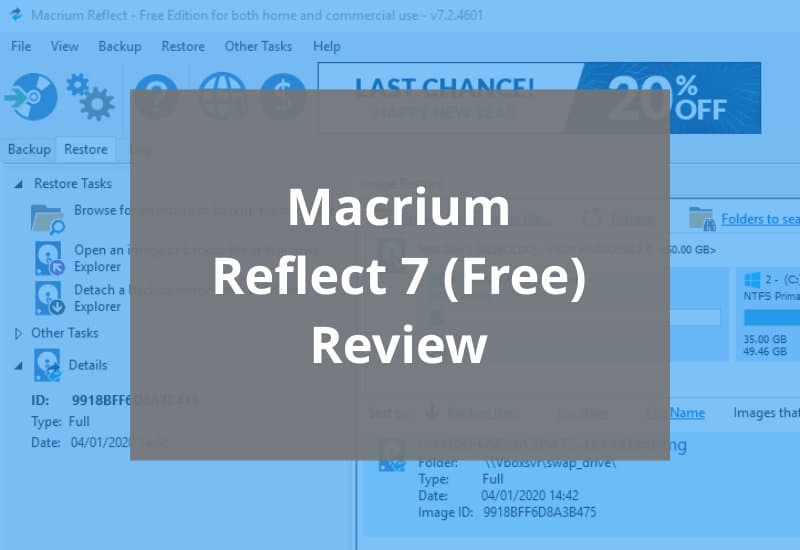
If I’m still using this system years from now–which, despite my hatred of being artificially forced to upgrade to anything when what I have is working for me just fine, I probably will be–I’ll switch out the parts as I need to and keep working. I also have a spare keyboard, mouse, power supply and monitor ($10, $4, $13, $25). I keep in the attic a spare PC that is the exact same model as the one I use daily. (Caveat–make sure you test any image you make to be sure it boots.) As everyone before me has said, buy a cheap HD (that’s redundant), make an image, and occasionally refresh it. This is a classic exercise in over-complication. How could potential driver issues be handled? Say time has passed, maybe a few years, and the “doomsday” Win7 disk(s) need to be restored to a completely different desktop, laptop, or (who knows) other device, and many, if not all, of the drivers on the doomsday disk(s) are obsolete. And with Retail licensing, Activation has never been an issue. I’ve never come across an insurmountable problem.

Then I check Device Manager for any yellow exclamation marks, and find the manufacturers’ drivers for the version of Windows that I’m using. In all the times I’ve done this, Windows has been able to find nearly all the necessary drivers to get up and running. Through the years via upgrading, after assembling the new hardware, I use my “doomsday” disk to transfer my setup to the new hardware, then boot it up.

I’m thoroughly DIY, all my Windows licenses have always been Retail, and therefore, transferable. And since I use drive imaging weekly as my only backup system, I can use my “doomsday” disk to restore my setup, then my latest drive images for particular partitions (like my data) to bring everything up to date. How could potential driver issues be handled?įirst, the disk(s) need to be refreshed as needed (that is when partitions are re-sized, added, or deleted, etc.).



 0 kommentar(er)
0 kommentar(er)
